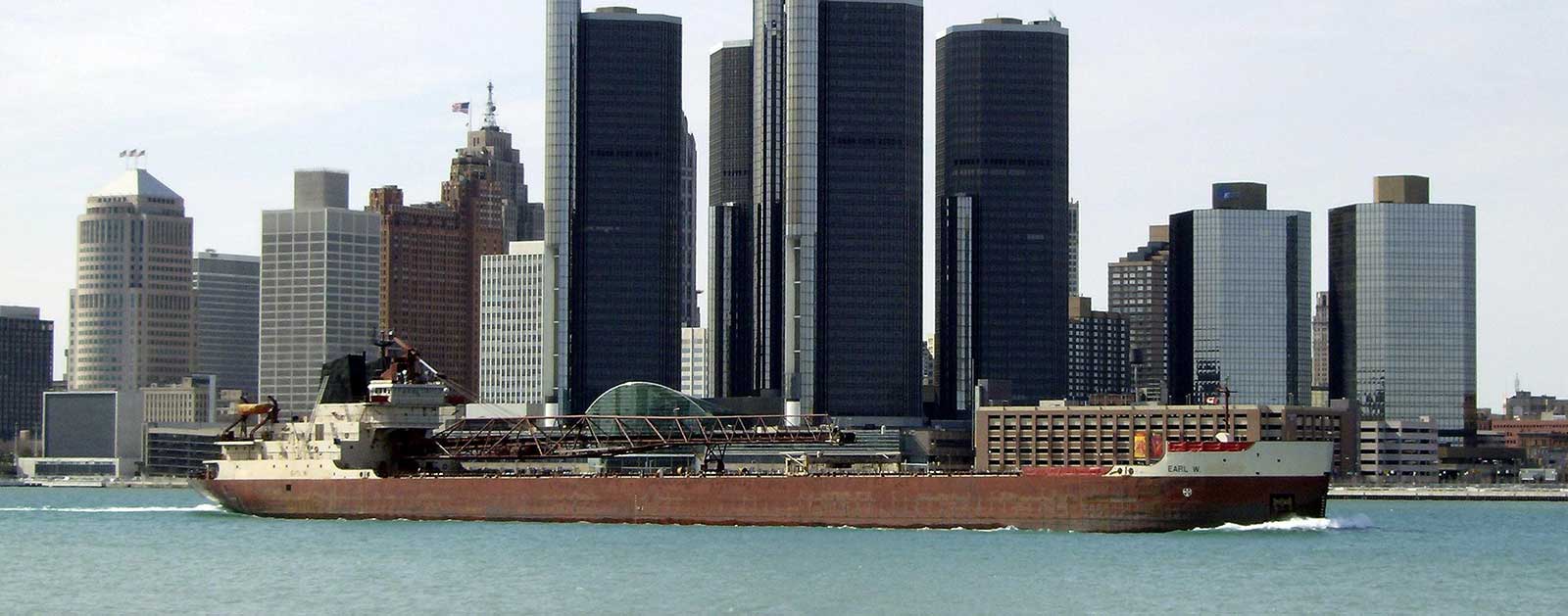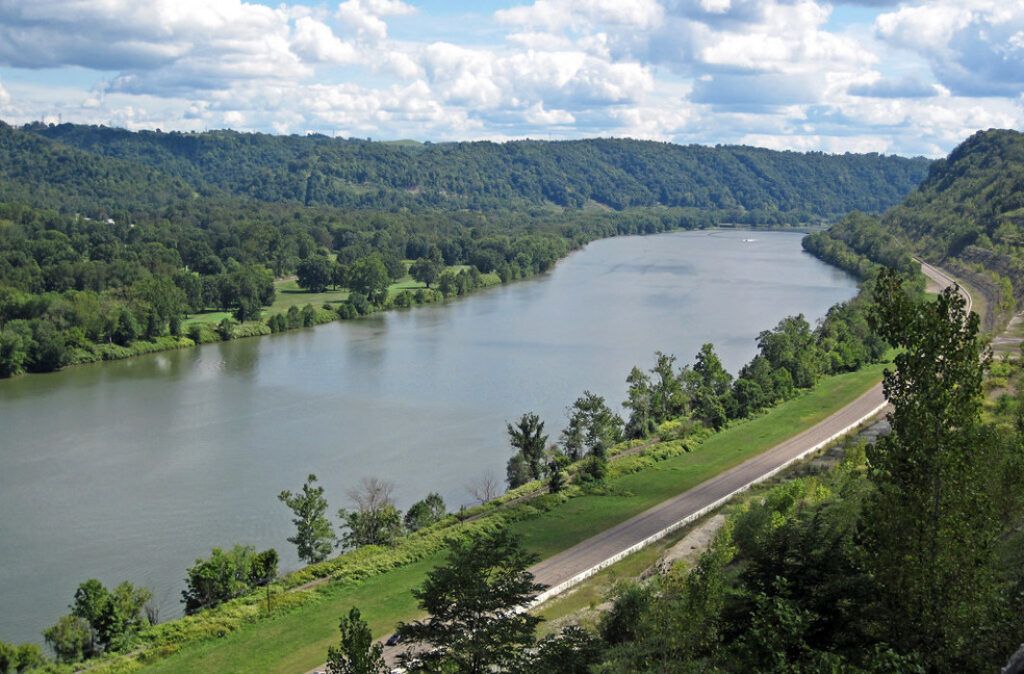Detroit River

urbanization and the river
In the early 1900s, Detroit became one of the largest cities in the United States, and the Detroit River played a major role.
The river is 28 miles long and serves as the international border between Canada and the United States, connecting Lake St. Clair and the Upper Great Lakes to Lake Erie, and is one of the busiest waterways in the world. Heavy traffic and the urbanization on its shores led the Detroit River to become very polluted.
In recent years, though, local environmental groups have been working to reverse this trend, coordinating plans to clean up the river, and similar initiatives are being undertaken by American Rivers in locations across the Great Lakes region. These efforts are helping to reduce urban pollution and preserve these incredibly important natural resources for future generations.
On September 11, 1997, the Detroit River was named as one of 14 American Heritage Rivers by President Bill Clinton. These rivers were selected because local communities had specific plans in place to restore the environment, revitalize the economy, renew the culture, and preserve the history of their rivers. Since being designated, things have been looking up for the Detroit River.
Threats to This River
The Detroit River helped Detroit, the nation’s auto manufacturing hub, grow to become the country’s fifth largest city in 1950, but this enormous urban center led to problems with pollution, and the river suffered. According to the EPA, the river has faced 11 beneficial use impairments, including beach closings, restrictions on water consumption, and loss of fish and wildlife habitat.

Let's Stay In Touch
We’re hard at work in the Great Lakes for rivers and clean water. Sign up to get the most important news affecting your water and rivers delivered right to your inbox.
These impairments are caused by bacteria, PCBs, PAHs, metals, and oils and greases entering the watershed, coming from municipal and industrial discharge and urban runoff, among other means. The contaminated river was undrinkable and virtually uninhabitable for many types of wildlife, but cleanup efforts that are now in place have made the Detroit River suitable for human and animal use once again.
A number of animals have returned to the Detroit River over the last few years, including sturgeon, whitefish, peregrine falcons, bald eagles, walleyes, and most recently beavers, which had not been seen in the river for 75 to 100 years. The fact that the river is providing adequate habitat for all of these species is clearly a sign of progress, and suggests the Detroit River is returning to health.
Urban runoff has been a big problem in Detroit, as 7.8 billion to 18.2 billion gallons of rainwater run off the land instead of being absorbed by it each year, but local efforts to make the city green, such as green roof construction and promoting urban farming, are helping reduce pollutants entering the water supply.


